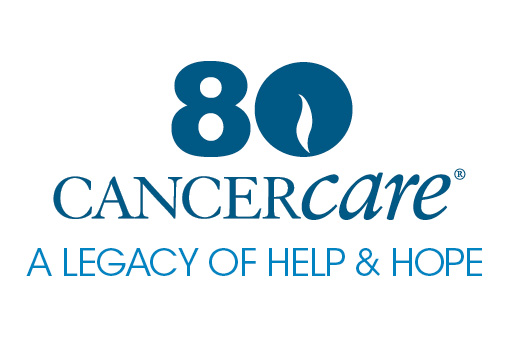Making Sense of Prescription Drug Insurance Policies
There are many ways that health plans try to lower their health care costs. One way is through “utilization management” (UM), which means the health plan decides how patients can use their insurance to help pay for covered health care services. For prescription drug plans, this can be very confusing. Here are some terms insurers use:
Coinsurance: The amount an insured person pays for a service or prescription, based on a percent of the total cost.
Deductible: The amount an insured person must pay out-of-pocket for covered drugs and services before their insurance company starts to pay a portion of those costs.
Out-of-Pocket Limit or Maximum: The most a patient has to pay for covered services in a plan year. After the patient has paid this amount, the insurance company pays 100% of the costs for covered benefits.
Prior Authorization: When the insurance company requires a patient to get its approval before it will cover drug or service.
Step Therapy: The insurance company can refuse to cover the cost of a prescribed drug until the patient has tried one or several less expensive drugs and those drugs have not worked.
Copayment or Copay: A set dollar amount an insured person pays to receive services or prescriptions. Copay amounts vary for different services and prescription drugs.
Out-of-Pocket Costs: Expenses for medications and medical care that are not paid by a patient’s insurance. These costs include deductibles, coinsurance, and copays for covered services, plus the costs for services and drugs that are not covered by insurance.
Premium: The total amount an insured person pays every month for their insurance. The employer pays also if the person has insurance through their employer.
Specialty Pharmacy: When medicines need special handling or patients need dosing support, some insurance companies require patients to use their specialty pharmacy, which may be mail order.
Ways Insurance Companies Attempt to Lower Costs
Insurance companies try to lower costs by controlling what and how they cover services and prescription drugs. This is called utilization management and these are the ways it works:
Formulary Design: The formulary is a list of drugs the health plan covers. The drugs are usually put into groups, called “tiers.” Patients pay more out-of-pocket for drugs in higher tiers. The health plan may change the drugs in its formulary from time to time, including in the middle of a plan year.
Specialty Pharmacies: Medicines for some complex or rare illnesses may require special handling and dosing. Specialty pharmacies can help to deliver these medicines and make sure the patient can take them properly. Some insurance companies require patients to use their mail-order only specialty pharmacy. See CancerCare’s fact sheet on specialty pharmacies called “What Is a Specialty Pharmacy?”
Copay Accumulators: Insurance plans require patients to pay a certain amount out-of-pocket, called a deductible, before they will cover any prescription drug costs. Copay accumulator programs don’t count copay cards or other financial assistance toward the deductible.
Step Therapy: When a doctor recommends a certain drug, the insurance company can refuse to cover the cost until the patient has tried one or several less expensive drugs and those drugs have not worked. This is called “step therapy.”
Pre-Authorization: The insurance company may require a patient to get its approval before covering a drug or service. If they decline coverage, patients may appeal their decision with help from their clinician.
Denying Appeals: When an insurance company won’t pay a patient’s claim for a prescribed medicine, the patient can ask it to reconsider the decision. This is called an “appeal.” Sometimes a doctor’s letter is all that is needed, but other times, it can be more complicated and difficult.
